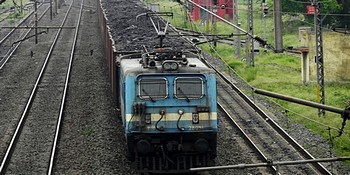It is time to get serious about supply-side climate policies. A conference organized by SEI offered perspectives from around the world, and several concrete ideas for how to move forward.

The speed with which world leaders ratified the Paris Agreement shows there is a real momentum to tackle climate change. Yet investment in fossil fuel extraction continues unabated, at about US$1 trillion per year.
How can we keep warming well below 2°C (much less 1.5C°) while continuing to produce ever-more coal, oil and gas? For many years, policy-makers have mostly ignored that question, focusing climate change mitigation measures almost entirely on fossil fuel consumption.
Now attention is increasingly turning to fossil fuel supply and the disconnect between producers’ ambitions and climate goals. Late last month in Oxford, we gathered more than 100 leading thinkers from academia, civil society, and business to discuss the way forward.
We focused on three overarching themes: the risks of continued investment in fossil fuel production; the role of supply-side policies in mitigating these risks; and the political and equity challenges of a transition away from fossil fuel production.
The discussions underscored the large gap between plans for new coal mines, oil rigs and pipelines, and the goals of the Paris Agreement.
Source: Climate Home, UK
Design and development by Soapbox.

